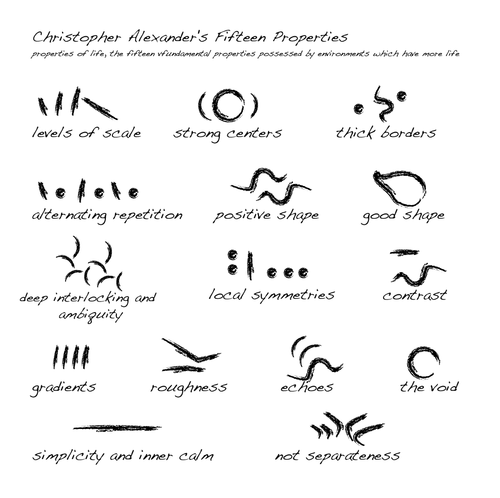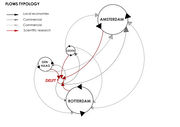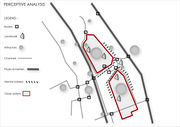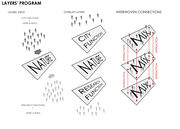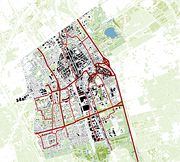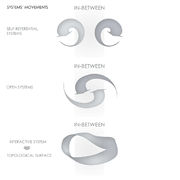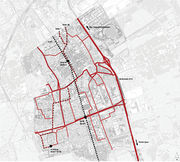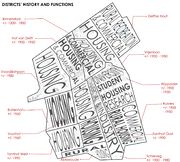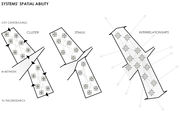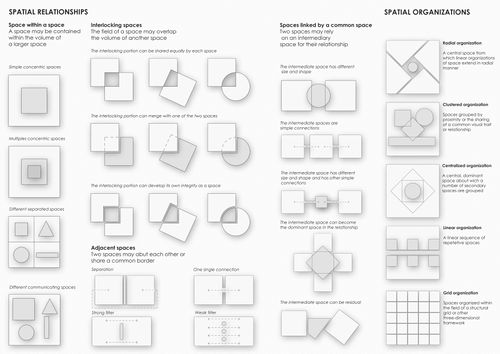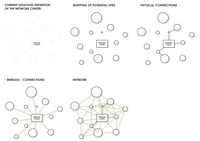atom06:Analysis
(→Possible usergroups) |
|||
| Line 18: | Line 18: | ||
=== Possible usergroups === | === Possible usergroups === | ||
# Students | # Students | ||
| − | |||
| − | |||
# Residents | # Residents | ||
# Science center (workers, visitors, ...) | # Science center (workers, visitors, ...) | ||
| Line 28: | Line 26: | ||
[https://docs.google.com/document/d/1lWhy8PPggZON914Kzr4Gwocc2Nb0jlsTdz9yp-i85fw/edit?hl=en_US user groups and their activities and needs - table] | [https://docs.google.com/document/d/1lWhy8PPggZON914Kzr4Gwocc2Nb0jlsTdz9yp-i85fw/edit?hl=en_US user groups and their activities and needs - table] | ||
| − | |||
| − | |||
== Qualities of lively spaces == | == Qualities of lively spaces == | ||
Revision as of 13:36, 24 September 2011
Contents |
Mapping users activities
- Map the users
- Map their current & possible activities
- Identify
- How to connect users
- Find matching activities
- Match the users by their activities / mix functions
- Connecting activities form the interaction and program
- The program (list of activities) is organised / mapped
Questions
- How does it change by the effect of users?
- How to map the users? Diagrammatically, with sensors etc.
Possible usergroups
- Students
- Residents
- Science center (workers, visitors, ...)
- Architecture department (tutors, personnel)
- Botanical garden
- Duwo
user groups and their activities and needs - table
Qualities of lively spaces
According to Christopher Alexander there are 15 fundamental qualities of places, that have 'more life'. This picture illustrates the 15 principles, as introduced in The Nature of Order: The Phenomenon of Life.
sketches and analyses
The diagrams relate to relationships and organizations of space according to F.D.K. Ching
Before actually deciding on who is going where with what purpose, these diagrams show the possibilities of any interaction. With this information we can look at the needs and demands of the various actors in our area. From this we can extrapolate a fitting brief, which we can mold within the possibilities of interaction via the relationships and organizations of the space. The (Inter)action of systems will be the key of our project.
The concept of these diagrams is to form an idea of organizing our users and their uses
Spatial relationships
- space within a space
- interlocking spaces
- adjacent spaces
- space linked by a common space
spacial organizations
- radial organizations
- clustered organizations
- centered organizations
- linear organizations
- grid organizations
